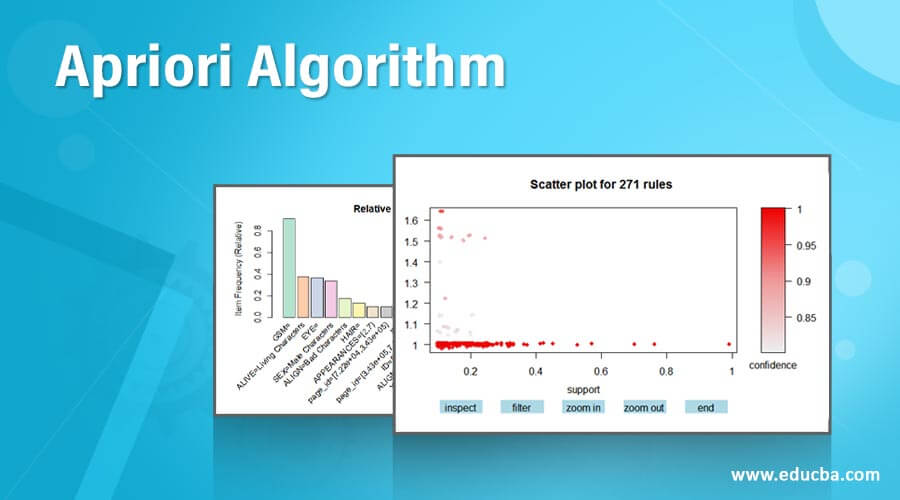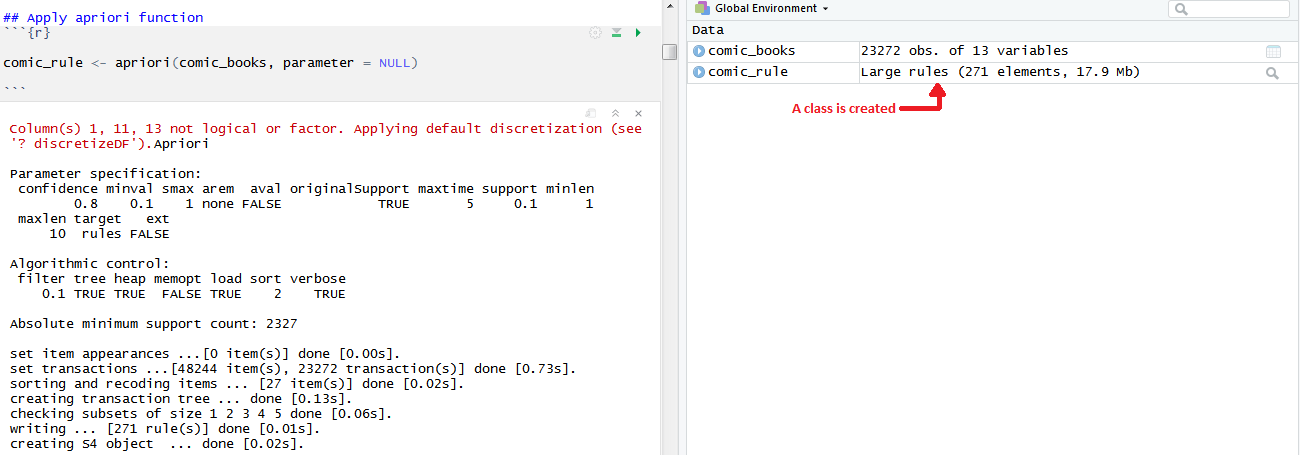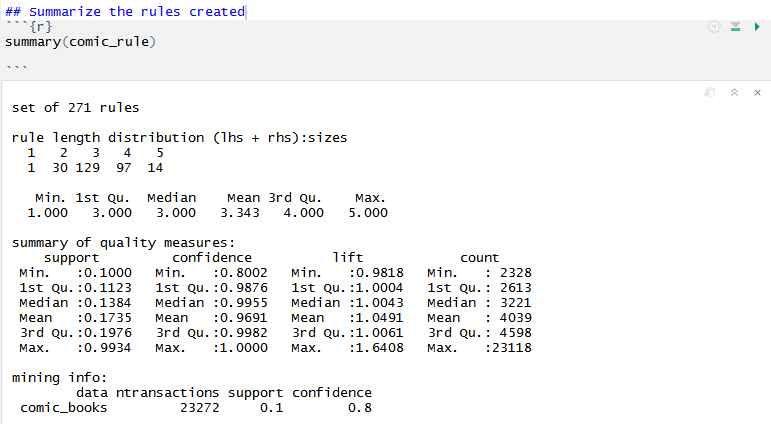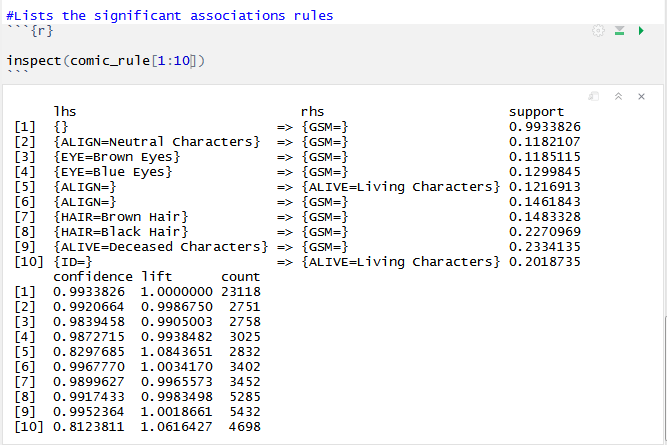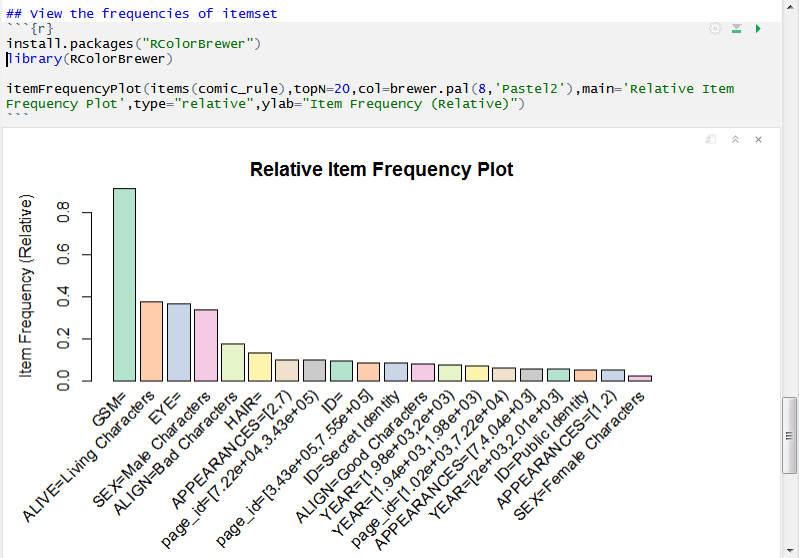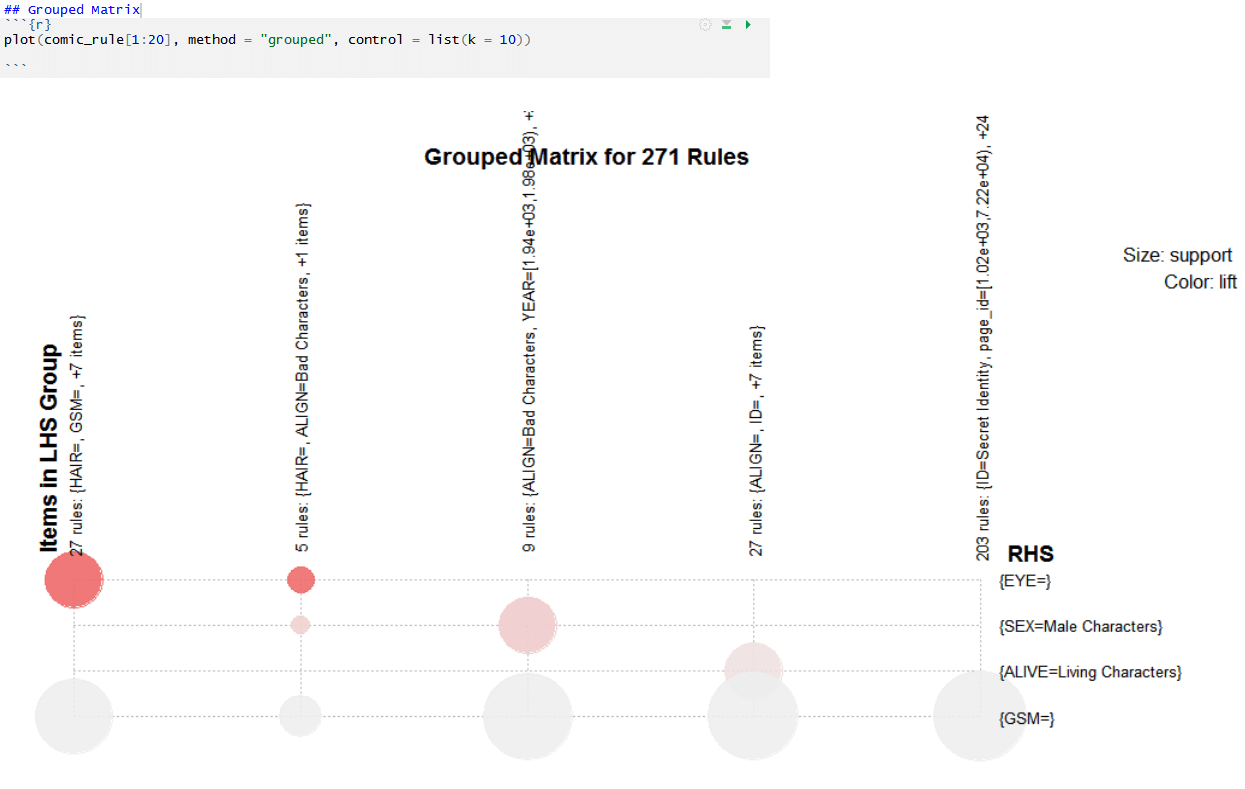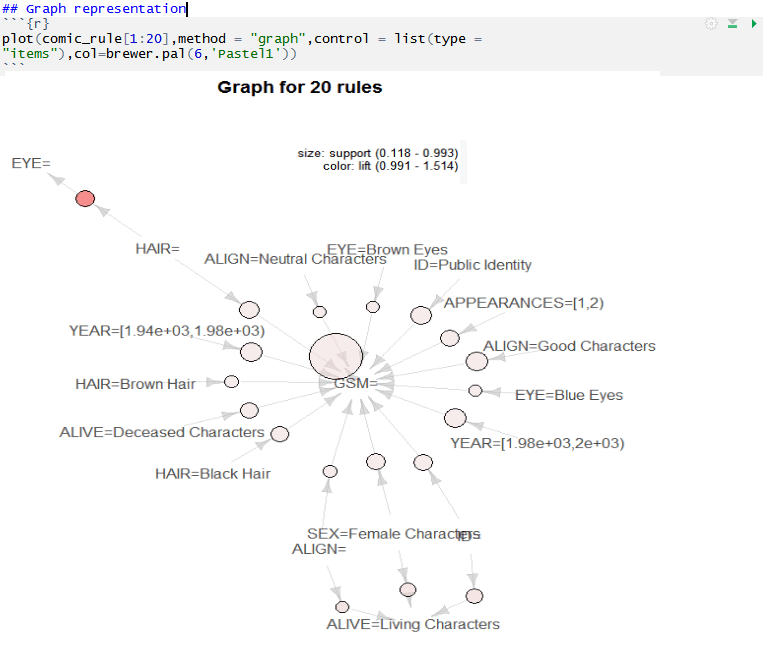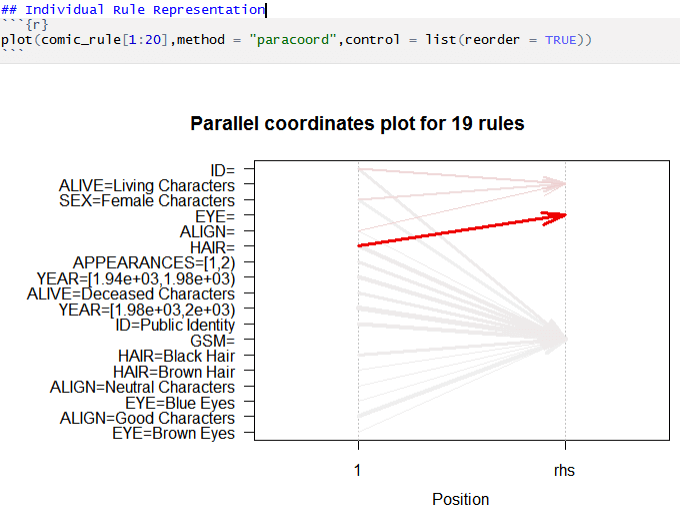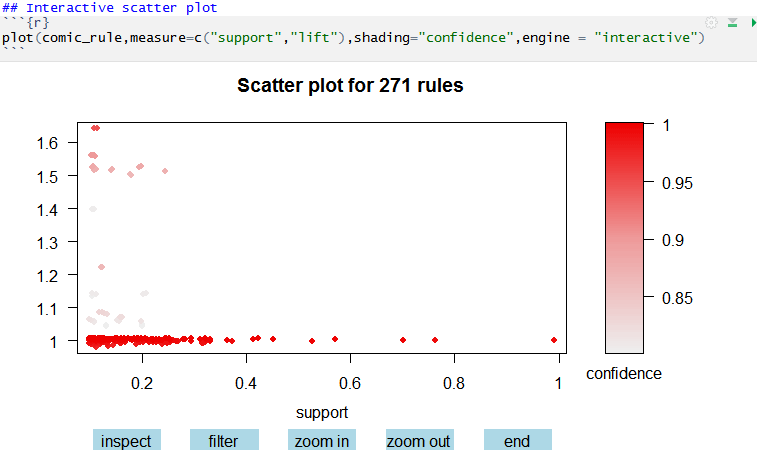Updated July 6, 2023
Overviews for Apriori Algorithm
The Apriori algorithm is an interesting approach to know what we need to purchase or tell the suggestions of our need. We all know that there is some kind of approach available on the e-commerce platform. It’s none other than that, Amazon, Flipkart, Snapdeal, etc. When we try to purchase an item in e-shopping, the application will give us suggestions that we may buy together. It predicts other customers who frequently buy things together. This algorithm also allows us to know the prediction of things in multiple approaches.
“Apriori algorithm is an approach to identify the frequent itemset mining using association rule learning over the dataset and finds the trends over data.”
This algorithm is widely used in market basket analysis and requires a larger amount of dataset. So, the approach can try sufficient combinations and occurrences of items to attain the result from each transaction.
What is the Use of the Apriori Algorithm?
Apriori algorithm works based on conditional rules, and it is considered as a classic algorithm among mining algorithms. Apriori helps to work efficiently by carrying out the mining association rules. Other traditional algorithms had a bottleneck in itemset generation and faced high consumption in time. The main use of this algorithm to mine the dataset by enhancing the user interest and identify the importance of itemsets and generate the frequent occurrences of an itemset. It follows certain approaches,
1. Handles and ready are the datasets
2. Applies mining association rule
- Identify frequent itemset and generates a set of data.
- Creates rules to find an efficient association.
3. Explore the interpretations using histograms, graphical representations.
Importance of Apriori Algorithm
- Increases the efficiency of search assumptions
- Enhances the performance of frequent set identification
- Transaction reduction is improvised – eliminates the less frequent sets in subsequent scans
- Includes hash-based counting.
- Eases the construction of user interests.
- Identifies the importance of different itemsets.
- The support function helps to identify different types of importance in itemsets.
- Storage space is reduced with the help of unnecessary itemset reduction.
- Improvised accuracy and efficiency of the algorithm.
- Works on supervised learning.
Different approaches in different languages
Apriori algorithm in data mining can be achieved in different languages like Python, R, etc. The main role of the algorithm is to find an association rule efficiently. And it is considered as the primary rule of the mining. The requisites of the association rules are,
- Finding the possible ways or rules holding its support value greater than its threshold support
- And its confidence values more than threshold confidence.
In Python, the papers have been accomplished in two possible ways. They are,
- Using the Brute force method – This is a longer process. First, rules are listed out and identify the support & confidence level on each rule. Then eliminates the value which is below its threshold support & confidence.
- Using 2 – Step method – This process is much better than Brute force. The first step identifies the frequencies of items and forms a table. As a result, itemsets are found greater than threshold support. The second step uses binary partition on frequent sets and creates rules called candidate rules.
In the R language, there are projects discussed in public forums. Some of the techniques are discussed here.
“Apriori’s approach is an iterative approach, where it uses k-item set to search (k+1) itemsets. So the first itemset is found by gathering the count of each itemset. So it uses 1st itemset to find 2nd and goes on till no itemset can be explored.
An itemset is called a mathematical set of products in a basket.”
Step #1 – Build the data and make it structural for data analysis. For Eg: We can take a comic book store as a case study.
Step #2 – The .csv file is used containing book details of the Comic book store. And the most interesting part is, we are using DC and Marvel collections for data mining.
Step #3 – For the Apriori algorithm, R provides a package called “arules”. This package allows us to compute and inspect the algorithm’s computation. To install and load the package from CRAN.
Step #4 – When we execute apriori’s function, a class is created with the set of parameters. They are Support, Confidence, and Lift.
Here we can set the parameter as NULL or set with support = 0.001 as minimum value & confidence between 0.75 and 0.9. This change in support & confidence will lead to varied results.
Support: It is the basic probability of an event to occur. An event to get a product A, Support(A) is the no.of.transactions including A divided by total transactions.
Confidence: It is the conditional probability of the occurrence in the event. The change that happens in product A had already happened in product B.
Lift: It is the ratio of confidence to expected confidence. It is considered from LHS -> RHS by the probability of all items in a rule occurring together divided by-product of item probability. Higher the lift leads to a stronger association.
Step #5 – List the top 10 rules to know the significant associations.
Step #6 – Let’s interpret the rules using visualizations.
To visualize the apriori association, the “arulesViz” package is used.
A View of Item Frequency Histogram
A Grouped Matrix of association rules
A Graph model
We can see that customer’s transactions are strongly associated with GSM based on homo/hetro characters. We can also see the EYE and HAIR are strongly associated together.
We can also see that customer buy books who has brown eyes with neutral characters.
Applications using the Apriori algorithm
- Used in the health industry – detects patient’s drugs by grouping on ADRs cause on their characteristics.
- E-Commerce retail shops.
- Used in hydrological systems – predicting natural phenomena.
- Used for diabetic study.
- Student’s course selection in the E-Learning platform.
- Used in Stock management.
Conclusion
The algorithm benefits users with a greater advantage in improving many sales performance in the world by solving real-time problems using various kinds of data. This deduces the unnecessary iterations and enhances the performances. As a result, the Apriori algorithm has a greater value in data analysis, and thus it solves all critical industry problems, even in healthcare industries.
Recommended Articles
This is a guide to the Apriori Algorithm. Here we discuss What is the Use of the Apriori Algorithm along with the importance and Different approaches. You may also have a look at the following articles to learn more –

